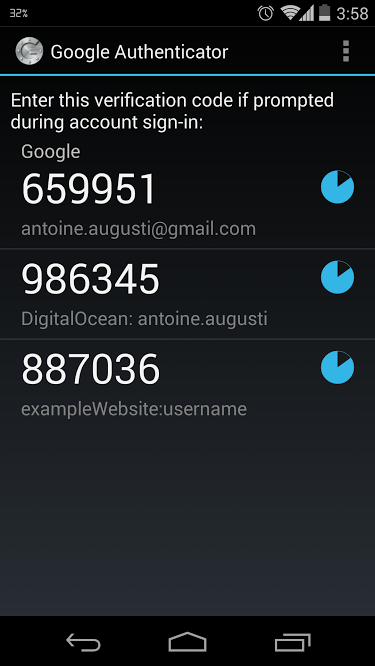Since Laravel 4.2, it is possible to use external emails providers to send emails in your application: Mailgun and Mandrill. Before that I was using a nice plugin fedeisas/laravel-mail-css-inliner to inline CSS just before sending the email. Thanks to this, my views are very clean and my emails are still displayed properly in the various email clients and webmails. This plugin was taking advantage of SwiftMailer to inline the CSS when sending an email by registering a plugin. Unfortunately, it is not working with external providers because SwiftMailer is not used since an API call is made instead.
Extending some classes to fix this
I really wanted to inline my CSS before sending an email and I wanted a clean way to do this. A workaround that I have figured out is to extend two classes: Illuminate\Mail\MailServiceProvider and Illuminate\Mail\Transport\MailgunTransport.
I’ve created a new file located at app/lib/TeenQuotes/Mail/Transport/MailgunTransport.php. The goal was to edit the message before calling the Mailgun API.
namespace TeenQuotes\Mail\Transport;
use Swift_Transport;
use Swift_Mime_Message;
use GuzzleHttp\Post\PostFile;
use Swift_Events_EventListener;
use TijsVerkoyen\CssToInlineStyles\CssToInlineStyles;
class MailgunTransport extends \Illuminate\Mail\Transport\MailgunTransport {
/**
* {@inheritdoc}
*/
public function send(Swift_Mime_Message $message, &$failedRecipients = null)
{
$client = $this->getHttpClient();
// Inline CSS here
$converter = new CssToInlineStyles();
$converter->setEncoding($message->getCharset());
$converter->setUseInlineStylesBlock();
$converter->setCleanup();
if ($message->getContentType() === 'text/html' ||
($message->getContentType() === 'multipart/alternative' && $message->getBody())
) {
$converter->setHTML($message->getBody());
$message->setBody($converter->convert());
}
foreach ($message->getChildren() as $part) {
if (strpos($part->getContentType(), 'text/html') === 0) {
$converter->setHTML($part->getBody());
$part->setBody($converter->convert());
}
}
// Call the API
$client->post($this->url, ['auth' => ['api', $this->key],
'body' => [
'to' => $this->getTo($message),
'message' => new PostFile('message', (string) $message),
],
]);
}
}
Since we have a new MailgunTransport, we need to use our custom MailgunTransport when sending an email. I have created a new file at app/lib/TeenQuotes/Mail/MailServiceProvider.php.
namespace TeenQuotes\Mail;
use TeenQuotes\Mail\Transport\MailgunTransport;
class MailServiceProvider extends \Illuminate\Mail\MailServiceProvider {
/**
* Register the Mailgun Swift Transport instance.
*
* @param array $config
* @return void
*/
protected function registerMailgunTransport($config)
{
$mailgun = $this->app['config']->get('services.mailgun', array());
$this->app->bindShared('swift.transport', function() use ($mailgun)
{
return new MailgunTransport($mailgun['secret'], $mailgun['domain']);
});
}
}
Not so much work, I just use my custom MailgunTransport that I have just created.
Replacing the Mail Provider
You need to update providers in app/config/app.php to replace the MailServiceProvider with our custom provider.
'providers' => array(
// Some others providers...
'Illuminate\Log\LogServiceProvider',
// Comment this 'Illuminate\Mail\MailServiceProvider',
// We add our new MailServiceProvider
'TeenQuotes\Mail\MailServiceProvider',
// Some more providers...
),
Updating composer.json
We need some new plugins
"require": {
// Your plugins
"tijsverkoyen/css-to-inline-styles": "1.2.*",
"guzzlehttp/guzzle": "~4.0"
},
And we need to update the autoload section to be able to load our custom library
"autoload": {
"classmap": [
"app/commands",
"app/controllers",
"app/models",
"app/database/migrations",
"app/database/seeds",
"app/exceptions.php",
"app/tests/TestCase.php"
],
"psr-0": {
"TeenQuotes": "app/lib"
}
},
A simple composer dump-autoload and you will be good! Do not forget to set your API key and your mail domain for Mailgun in app/config/services.php.
If you want to use a different namespace of course you are free!
